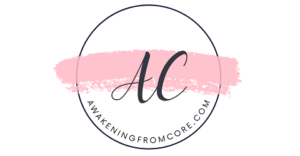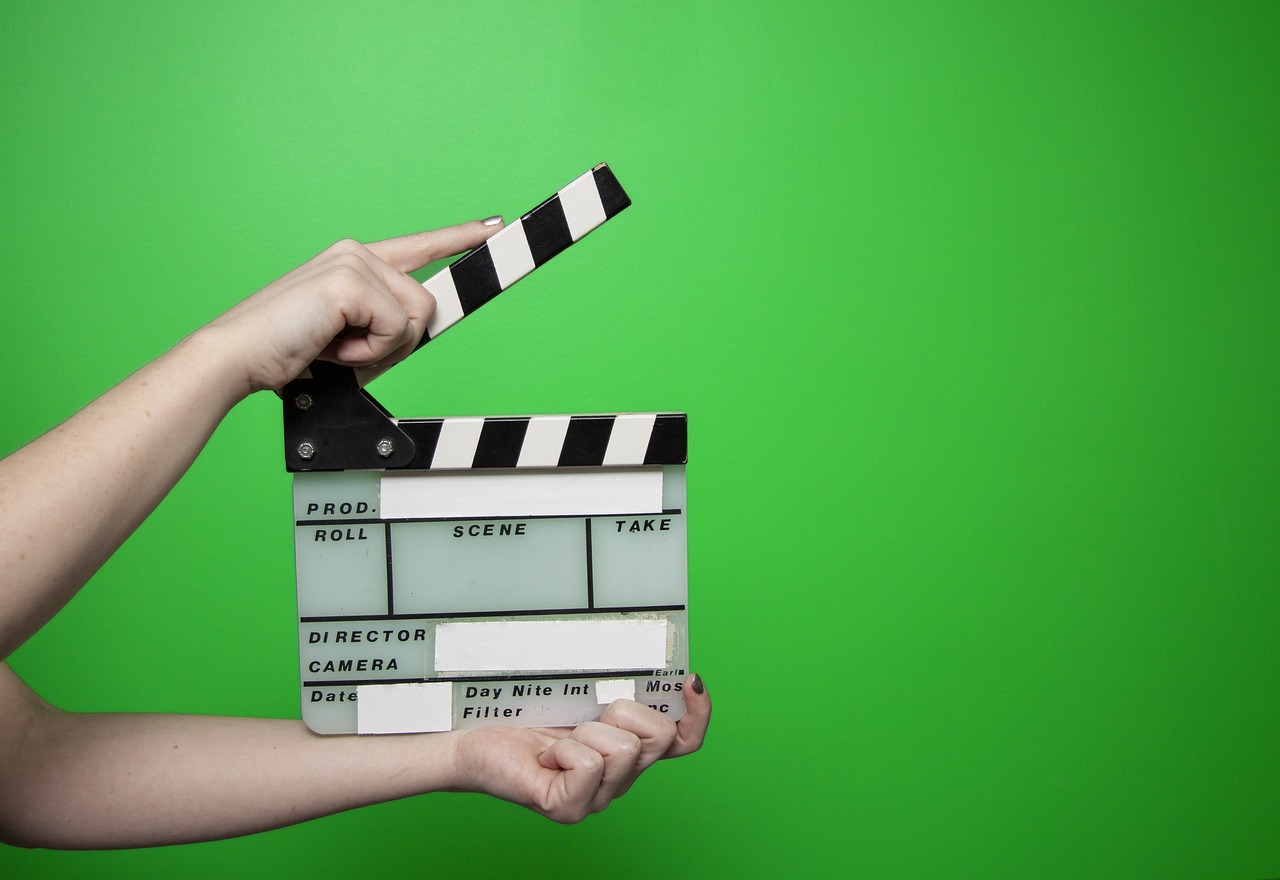B-Roll refers to supplemental or alternative footage that enhances the main video content. It provides context, visual interest, and storytelling depth. This secondary footage can include various scenes, angles, or details that help convey the narrative or theme more effectively.
Understanding B-Roll in Video Production
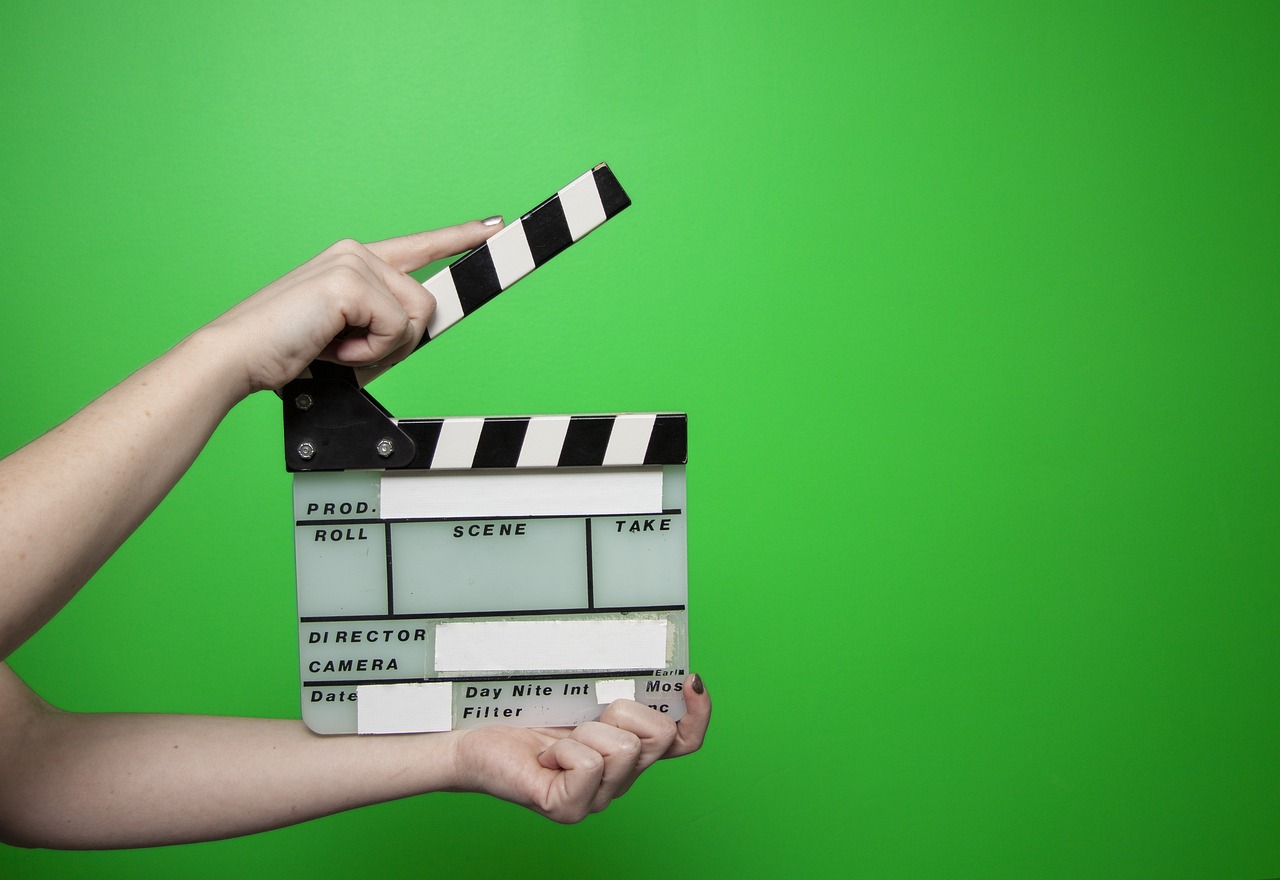
B-Roll plays an essential role in video production. It is the footage that supports the primary content, often referred to as A-Roll. While A-Roll typically includes interviews or main action, B-Roll consists of additional shots that enrich the story. These shots can be used to illustrate points made in the A-Roll or to provide viewers with a broader understanding of the subject matter.
The use of B-Roll is vital for several reasons. It helps to maintain viewer engagement by providing a dynamic viewing experience. Instead of a static shot, B-Roll allows for movement and variety, which can keep the audience’s attention focused on the content. Additionally, it can help to cover transitions or mistakes in the A-Roll, making the final product smoother and more polished.
Incorporating B-Roll effectively requires careful planning and execution. Filmmakers often create a storyboard or shot list to outline what supplementary footage they will need. This planning ensures that the B-Roll aligns with the main narrative and enhances the overall storytelling.
The Different Types of B-Roll
There are various types of B-Roll footage that filmmakers can use. Each serves a different purpose and can be categorized as follows:
- Establishing Shots: These shots set the scene and provide context for the viewers. They often depict the location or environment where the main action takes place.
- Cutaway Shots: These shots are used to show related subjects or objects that add depth to the narrative. They help in transitioning between scenes without losing viewer interest.
- Reaction Shots: These capture the emotional responses of characters or subjects involved in the A-Roll. They help convey feelings and reactions, enhancing the storytelling aspect.
- Detail Shots: These focus on specific elements within a scene, such as hands working or objects being used. They provide viewers with a closer look at important details.
Importance of B-Roll Footage
The significance of B-Roll extends beyond its aesthetic value. Here are some key benefits:
- Enhances Storytelling: B-Roll adds layers to the narrative. It provides context and supports the information shared in A-Roll.
- Improves Visual Appeal: Including various angles and shots keeps the video visually engaging. This can lead to better retention rates among viewers.
- Facilitates Editing: Having additional footage on hand allows editors to create smoother transitions and cover any mistakes in the main footage.
- Strengthens Branding: Consistent use of B-Roll can help reinforce brand identity by showcasing products or services in a more appealing way.
Overall, B-Roll is a powerful tool in video production. It enhances not only the visual quality of a project but also its narrative effectiveness. Understanding how to use it properly can significantly elevate the impact of any video content.
How to Capture Effective B-Roll
Capturing effective B-Roll is an art form. It requires a good understanding of the story you want to tell and the specific shots that will enhance that narrative. The following tips can help ensure that your B-Roll footage is not only plentiful but also impactful.
Pre-Production Planning
Before you start filming, it’s essential to plan your B-Roll shots carefully. Consider the following steps:
- Create a Shot List: Draft a list of all the B-Roll shots you want to capture. This should include various angles, details, and establishing shots.
- Storyboard Your Ideas: Visualize how you want your B-Roll to fit within the main narrative. Storyboarding can give you a clear direction for filming.
- Scout Locations: Visit the filming locations beforehand. This allows you to identify potential angles or interesting details that could enhance your B-Roll.
Choosing the Right Equipment
The equipment you use can significantly affect the quality of your B-Roll. Consider these options:
- Camera: A high-quality camera is crucial. DSLRs and mirrorless cameras often provide excellent video quality. However, even smartphones can capture great B-Roll with the right techniques.
- Stabilization Tools: Use gimbals or tripods to keep your shots steady. Smooth footage is essential for maintaining a professional look.
- Lenses: Different lenses can add various effects to your shots. Wide-angle lenses are great for landscapes, while macro lenses can capture intricate details.
Techniques for Capturing B-Roll
While planning is vital, the execution of capturing B-Roll is equally important. Here are some techniques to consider:
- Vary Your Shots: Include a mix of wide, medium, and close-up shots. This variety creates visual interest and allows for more flexibility during editing.
- Use Natural Light: Whenever possible, utilize natural light to enhance your footage. Golden hour, shortly after sunrise or before sunset, offers beautiful lighting conditions.
- Incorporate Movement: Adding slight movements, such as pans or tilts, can make your footage feel more dynamic. Just ensure that these movements are smooth to avoid distracting the viewer.
Editing B-Roll into Your Main Content
Once you have captured your B-Roll, the next step is integrating it into your main video. Proper editing techniques can elevate the quality of both the A-Roll and B-Roll footage.
Timing and Pacing
The timing of your B-Roll shots is crucial for maintaining viewer engagement. Consider these points when editing:
- Smooth Transitions: Use B-Roll to create transitions between different segments of your A-Roll. This can help maintain a seamless flow throughout the video.
- Pacing: Match the pace of your B-Roll with the tone of your A-Roll. Fast-paced editing may require quicker cuts, while slower narratives benefit from longer shots.
Adding Sound and Effects
Audio plays a significant role in video production. Here are some tips for enhancing your B-Roll with sound:
- Background Music: Choose music that complements the mood of your footage. This can make your B-Roll feel more integrated into the overall narrative.
- Natural Sounds: Incorporate ambient sounds that align with the visuals. For instance, if you have footage of a bustling street, include sounds of traffic or chatter.
By focusing on capturing quality B-Roll and effectively integrating it into your main content, you can significantly improve the overall storytelling aspect of your video projects.
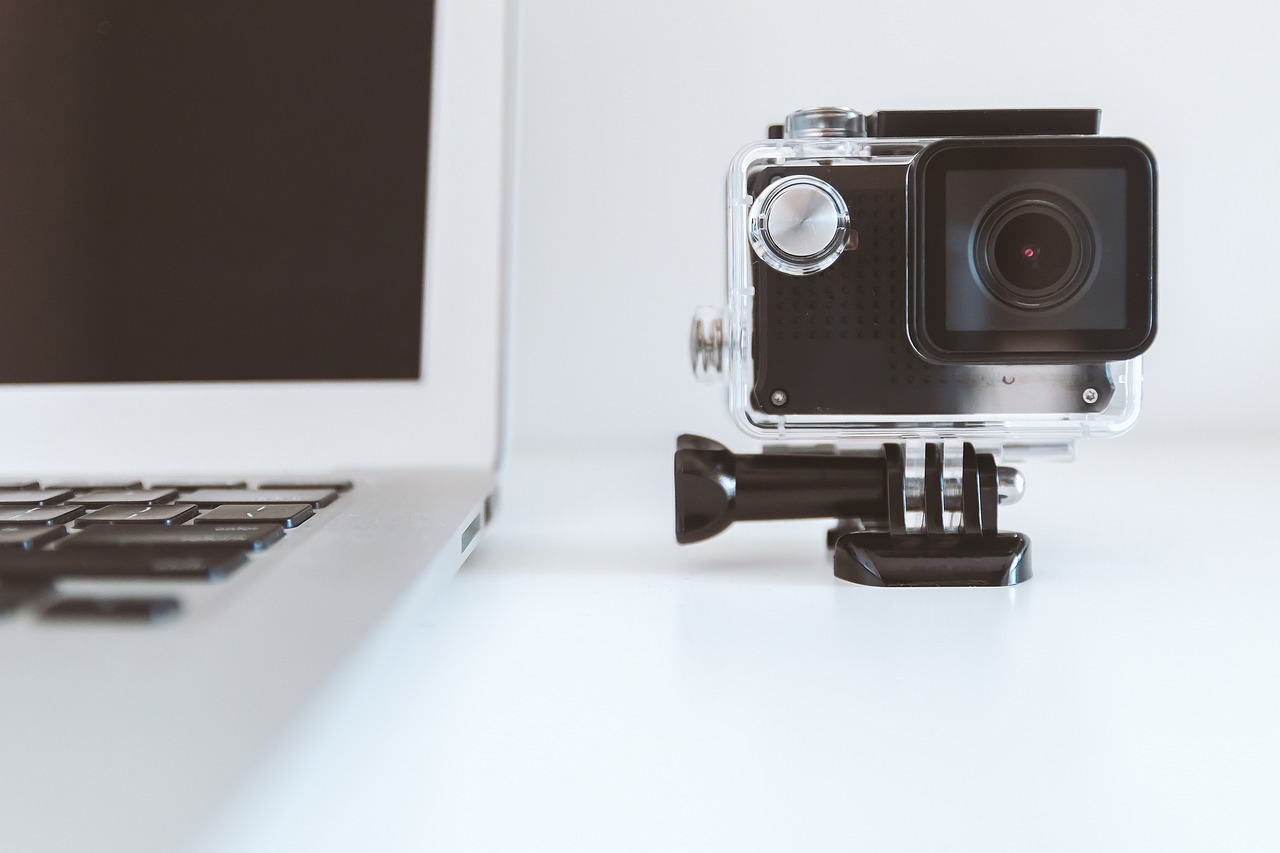
Common Mistakes to Avoid When Using B-Roll
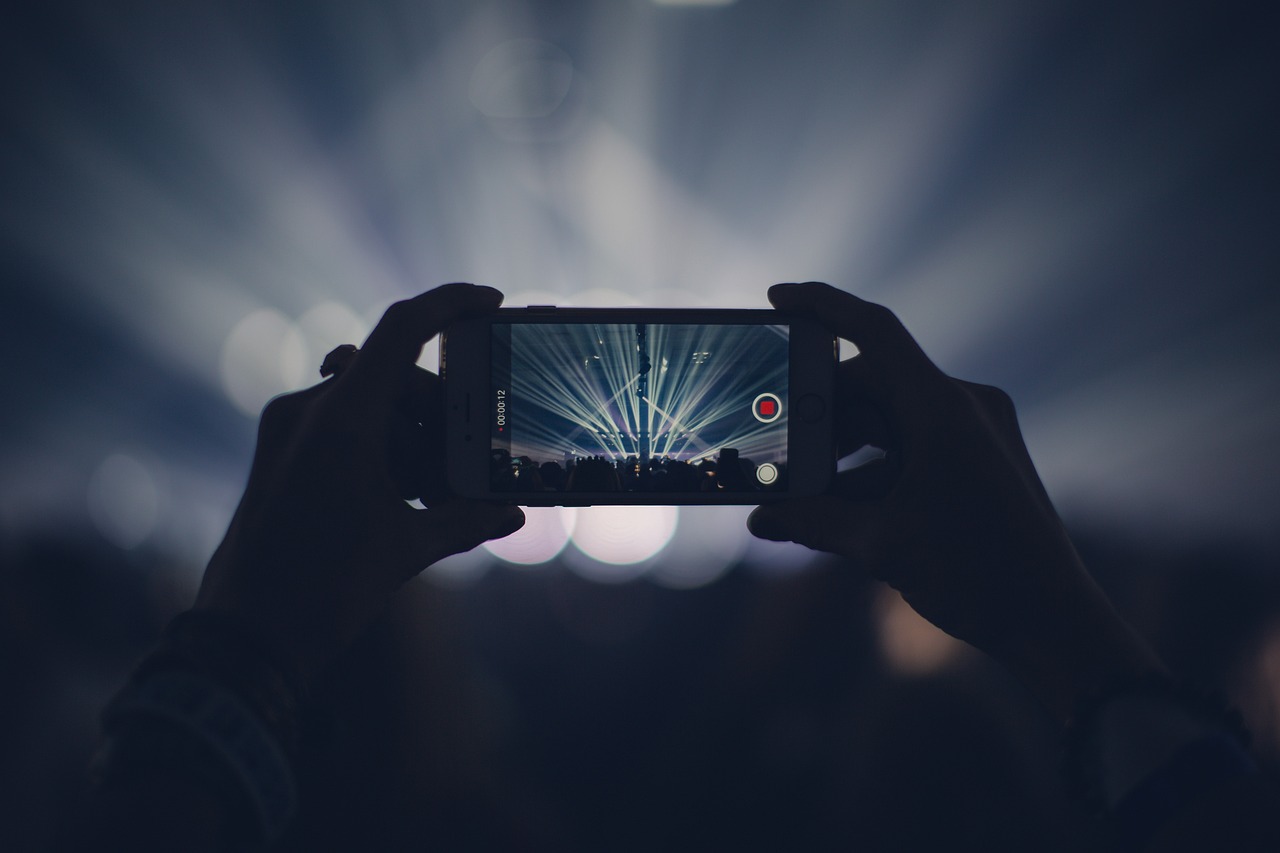
While B-Roll is a valuable asset in video production, there are common pitfalls that creators should be aware of. Avoiding these mistakes can enhance the quality of your final product and ensure that your B-Roll serves its intended purpose.
Overusing B-Roll
One of the most frequent mistakes is overusing B-Roll footage. While it can enhance a video, excessive use can overwhelm the audience and detract from the main message. Consider the following:
- Balance is Key: Use B-Roll strategically to complement A-Roll, rather than overshadow it. Ensure that the focus remains on the primary content.
- Avoid Clutter: Too many shots can create a cluttered visual experience. Select only the most impactful B-Roll that adds value to the narrative.
Poor Quality Footage
The quality of your B-Roll is crucial for maintaining a professional appearance. Here are some tips to ensure high-quality footage:
- Consistent Resolution: Ensure that all your B-Roll matches the resolution and frame rate of your A-Roll. Mixing different qualities can be jarring for viewers.
- Steady Shots: Use stabilization equipment to avoid shaky footage. Unsteady shots can distract from the content and appear unprofessional.
Ineffective Editing Choices
The way you edit B-Roll into your main content can significantly impact its effectiveness. Consider these editing choices:
- Timing: Be mindful of how long each B-Roll shot is displayed. Too short may confuse viewers, while too long can slow down the narrative.
- Transitions: Use transitions wisely. Sudden cuts or effects can disrupt the flow. Instead, opt for smooth transitions that maintain viewer engagement.
Creative Uses of B-Roll
B-Roll can be used creatively to enhance storytelling in various ways. Here are some innovative approaches to incorporating B-Roll into your videos:
Visual Metaphors
Using B-Roll as a visual metaphor can add depth to your narrative. For example:
- Symbolic Imagery: Footage of a sunrise can symbolize new beginnings, while stormy weather might represent challenges. Integrating these visuals can evoke emotions associated with your message.
- Contrasting Shots: Showing contrasting images, such as bustling city life versus serene landscapes, can emphasize themes within your narrative.
Behind-the-Scenes Footage
Behind-the-scenes (BTS) footage is another creative way to utilize B-Roll. This type of footage can provide insight into the making of the main content, fostering a deeper connection with the audience.
- Process Documentation: Capture moments of preparation or setup to showcase the effort behind the scenes. This transparency can engage viewers and build trust.
- Personal Touch: Including candid moments or interactions between team members can humanize your brand or project, making it more relatable.
Enhanced Explanatory Content
B-Roll can also serve to clarify or elaborate on points made in the A-Roll. Here are some strategies:
- Visual Examples: If discussing a product or service, include B-Roll showcasing its features or benefits in action.
- Infographics and Text Overlays: Combine B-Roll with text overlays or graphics to reinforce key messages and statistics, making them more memorable for viewers.
By exploring creative uses of B-Roll and avoiding common mistakes, you can significantly enhance your video production quality. This will lead to a more engaging and informative viewing experience for your audience.
Advanced Techniques for Utilizing B-Roll

As you become more comfortable with incorporating B-Roll into your video projects, consider exploring advanced techniques that can elevate your storytelling further. These techniques can enhance the emotional impact of your content and create a more immersive experience for your audience.
Layering Audio and Visuals
Combining multiple layers of audio and visuals can create a richer experience. Here’s how to effectively layer audio and visuals:
- Sound Effects: Add sound effects that correspond with the B-Roll footage. For instance, if showing a busy street scene, include sounds of footsteps, traffic, and chatter to simulate a lively atmosphere.
- Voiceover Narration: Use voiceovers to provide context or commentary during B-Roll footage. This can help reinforce the message while keeping viewers engaged with visual storytelling.
Color Grading and Filters
Color grading can significantly impact the mood of your video. Adjusting the colors in your B-Roll can help unify the visual style of your project:
- Create Consistency: Ensure that the colors in your B-Roll match those in the A-Roll. This helps maintain a cohesive look throughout the video.
- Set the Mood: Use color grading to evoke emotions. Warm tones can create a welcoming atmosphere, while cooler tones may impart a sense of calm or seriousness.
Storytelling Through Sequence
The sequence in which you present B-Roll can influence how the story unfolds. Consider arranging your footage to tell a compelling narrative:
- Chronological Order: Organize B-Roll to follow the chronological order of events discussed in the A-Roll. This creates a natural flow for viewers.
- Thematic Grouping: Group similar shots together to emphasize a theme or concept that enhances the main narrative.
Final Thoughts
B-Roll is not just supplementary footage; it is a vital component that adds depth, context, and visual interest to video projects. By understanding its meaning, purpose, and effective techniques for capturing and editing, you can significantly improve the quality of your video content.
The creative use of B-Roll can take your storytelling to new heights, allowing viewers to connect more deeply with the material. Remember to avoid common pitfalls such as overusing B-Roll or incorporating poor-quality footage. Focus on capturing high-quality, relevant content that complements your A-Roll.
As the landscape of video production continues to evolve, mastering B-Roll will remain an essential skill for filmmakers, marketers, and content creators alike. By applying the strategies discussed in this article, you can enhance your video production capabilities and create engaging, memorable content that resonates with your audience.
In conclusion, whether you are a seasoned professional or just starting out, investing time in understanding and utilizing B-Roll effectively can lead to more impactful storytelling and improved viewer engagement. Embrace this powerful tool and watch as your video projects transform into compelling narratives that captivate audiences.
